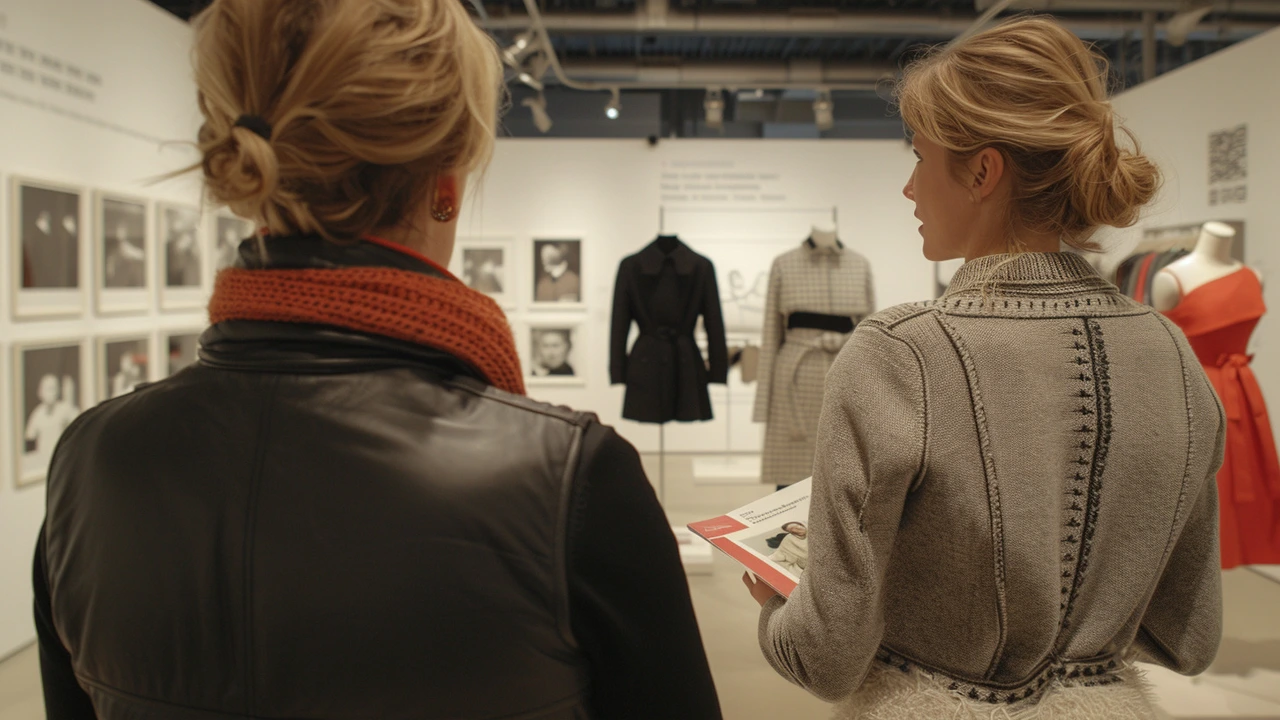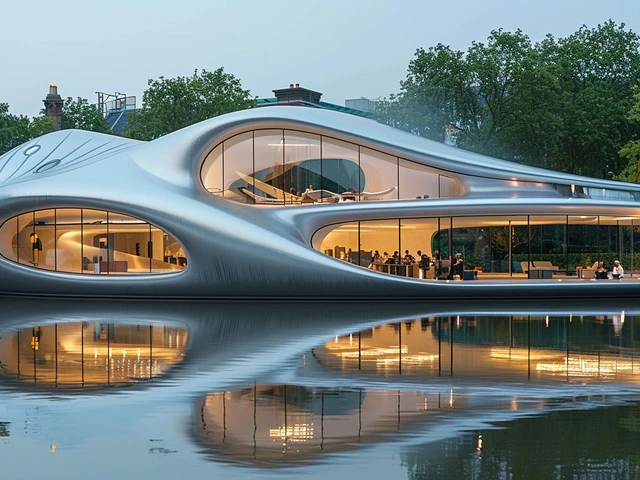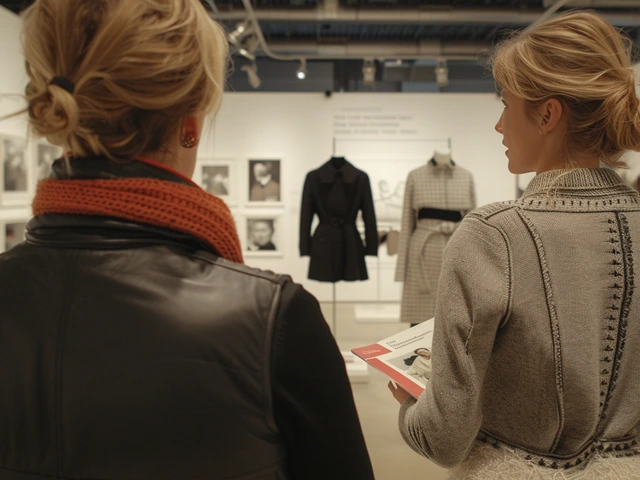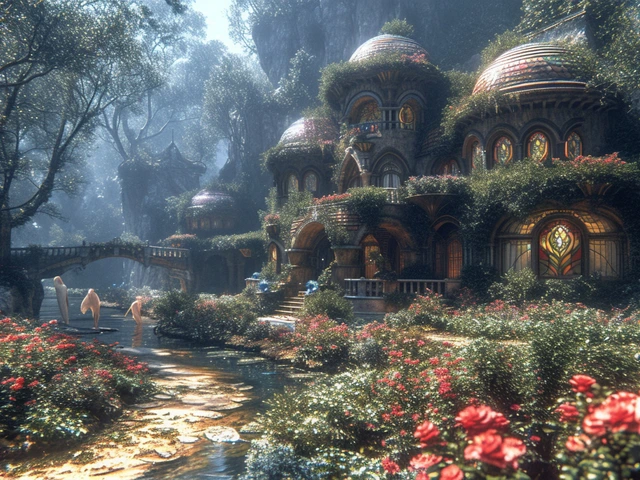The Genesis of the Bauhaus Style
Let me take you in a time machine, way back to the early 20th century. What a time it was! The world was recovering from the intense chaos of World War I, and everything was in a state of flux, including, as it happens, the world of design. It was then, in 1919, that a visionary architect by the name of Walter Gropius founded the Bauhaus School in Weimar, Germany. Quite a game-changer that Mr. Gropius, and believe me when I say that the face of design would never be the same again!
Walter Gropius had this radical idea of synthesizing art and technology, and the Bauhaus style was born out of this revolutionary perspective. Multi-disciplinary? Check. Functional? Check. Sleek and minimalistic? Check and Check. Indeed, for him, art and design was not merely an aesthetic pursuit but something intrinsically connected to everyday life, shaping not just spaces but also the way people lived.
Key Features of the Bauhaus Design
Now, when I say the 'Bauhaus Style', what is it that you imagine? Some abstract, hard to comprehend, esoteric form of design, probably. But let me assure you, it's not as complicated as it sounds. Quite the contrary, actually. You see, Bauhaus means 'Building House' in German (and no, I did not find that out through Google, thank you!). That should give you a clue as to what this style is all about. The key mantra, if you will, of this design movement was 'Form follows function'.
You won't find elaborate decorative elements in Bauhaus design, folks. Instead, it extols the virtues of simple, geometric forms. Each feature in the Bauhaus design serves a purpose. Nothing is unnecessary, everything is essential; efficient, you could say. Materials such as glass and steel are used extensively, as they represent an industrial, modern aesthetic that the Bauhaus style champions. Colours in this design style are often basic, with a lot of use of primary colors.
Bauhaus Influence on Modern Design
I often find myself wondering where we would be without the Bauhaus movement, don't you? Okay, okay maybe that's just me, but hear me out. The impact of Bauhaus on modern design is powerful and undeniable. The integrated approach of combining various disciplines - be it painting, sculpture, or architecture - is a fundamental characteristic of contemporary design today.
Lydia, my better half (is it still a cliché if it’s true?), needed no convincing when we decided to decorate our living room in Bauhaus style. The thing about Bauhaus design is that it encompasses functionality without compromising on aesthetics. It seamlessly melds utility and beauty, and the result is pure elegance. The kind of elegance that reminds me of Lydia.
Bauhaus in Everyday Life
So you’re thinking, Oliver, the Bauhaus Style sounds fascinating and all, but how does it apply to my everyday life? Well, guess what, dear reader, you’ve probably been engaging with the Bauhaus Style without even knowing it! Whether it's a sleek, minimalistic lamp on your study table or the iconic Bauhaus clock on your wall, the spirit of this design movement has made its way into our everyday life.
Lydia and I love visiting second hand furniture stores during the weekends. We often find gems from the mid-century period that echo the Bauhaus design principles. We found a chair the other day, a chair so plain yet so perfect in its simplicity that we immediately fell in love with it. That chair now sits proudly in our living room, a constant reminder of the beautiful simplicity and functionality of Bauhaus design.
Evolving Bauhaus: The Bauhaus Style in the Digital Age
The Bauhaus design movement has not only survived the test of time, but it has also undergone its own unique evolution to stay relevant in the changing landscape of design. And yes, brace yourselves, because this baby has also paved its way into the digital age.
Web and graphic designers have drawn great inspiration from the Bauhaus style. The ethos of 'less is more', championed by the Bauhaus movement, has defined the aesthetics of the digital age. Websites with clean lines, geometric forms, basic colors, and intuitive interfaces echo the principles of Bauhaus design – an affirmation of the lasting influence of this revolutionary design movement.
BAUing Up with the Bauhaus Style
Of course, allowing the Bauhaus Style to inform your own design choices doesn't mean turning your home into a 1920s German art school (though, wouldn’t that be something?). Instead, it's about finding the balance between form and function in your everyday life. It's about simplicity and purpose. It's about seeking the elegance in the everyday, the beauty in the functional.
Lydia and I did just that. And let me tell you, it wasn't as daunting as it might seem. Start with smaller elements- invest in a Bauhaus style wall-clock or add some geometrically inspired cushions to your couch. You'll be surprised at the difference these subtle touches make. As for us, we haven't looked back since. Living with Bauhaus... it’s simple, elegant, and so much fun!





